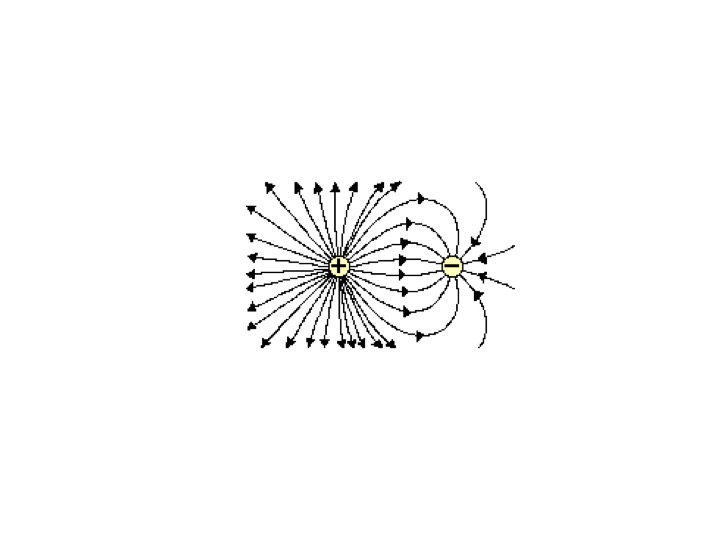What happens to those field lines that don't end ?
The field lines don't end if the charge is isolated. They simply radiate outward or inward. If the charge is not isolated, some of the lines will end at the other opposite charge. Others will not if they are not sufficiently influenced by the other charge.
To illustrate this, the figure below shows the field lines produced by positive and negative charge where the magnitude of the positive charge (call it charge $a$) is greater than the negative charge (call it charge $b$) as in the example you cite. The arrows point to the path that a positive test charge placed in the field will take. The density of the field lines at any location indicates the relative strength of the field (Newtons per coulomb or volts per meter) at that location.
Notice that some of the field lines of the positive charge end at the negative charge. But most do not because the lower magnitude negative charge has less influence on the field of the positive charge. On the other hand most of the field lines of the negative charge end at the positive charge, because of the greater influence of the positive charge on the field of the negative charge. Even those that don't end at the positive charge are "bent" more due to the influence of the positive charge.
If the charges are far enough apart all the field lines of each would radiate out (for the positive charge) or in (for the negative charge) without ending.
Hope this helps.


